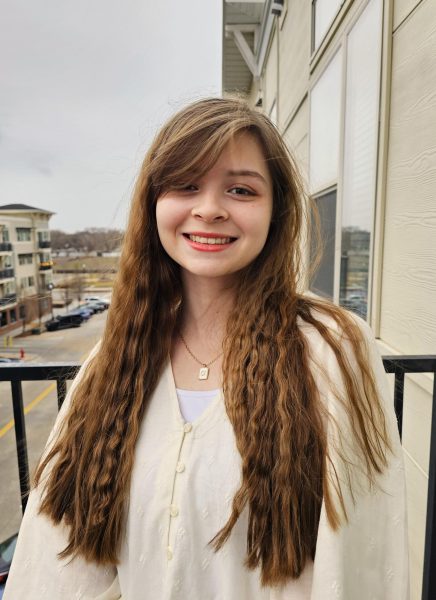Social media is a double-edged sword. It can facilitate awareness, important conversations and connection to a level that would have seemed impossible 20 years ago. However, it can also pose risks to mental health and overall human welfare, especially children’s.
We are also in an age when content faces more restrictions, as shown by Congress’ action to ban TikTok. It is crucial to recognize what elements of social media are harmful and which can benefit society.
Excessive use of social media has been shown to increase body dissatisfaction, addiction risk and cyberbullying involvement. People spend, on average, 2.3 hours daily on social media platforms. Whether or not there are risks inherent to its use, these apps will undoubtedly be a significant part of society for the foreseeable future. It is crucial that users of social media and lawmakers who impose platform restrictions pursue balance. We must strive towards a dynamic where vulnerable people are kept safe and allowed to fully exercise their rights to freedom of speech.
The Dark Side
Social media corporations design their product to be addictive — that is, after all, how they make their money. On an individual level, users might post with a desire for positive feedback. The desire for validation, especially in young people, keeps them invested. The use of filters, in particular, is a dangerous phenomenon. Impressionable teenagers are constantly one click away from seeing enhanced appearances on a mass scale. The system essentially feeds on their unhappiness. Daily, they encounter strategic mechanisms built upon comparison.
Excessive social media usage can also decrease cognitive function over time. People are becoming increasingly less attentive and struggle to maintain concentration. A study also found that social media usage has significant socioeconomic impacts.
“It is found that there is a relationship between economic growth and social media; however, the relationship is negative as it has been observed that cities with fewer social media activities have better growth from an economic point of view,” the study said.
There is a persistent and emotional discussion among lawmakers about the dangers social media poses to children. Sexual predators, bullying and content glorifying self-harm are still a reality on these apps. With such significant risks at hand, social media users must not only strive for awareness but also for constructive change. However, creating safer online spaces does not imply censorship, which is a distinction that lawmakers ought to start making.
Is it Worth it?
One element essential to increased social media usage is young people’s more active participation in global discussions. Networking and sharing via these apps can be an excellent tool for highlighting and acting on issues affecting people globally.
A 2020 study from CIRCLE found that teenagers and young adults, en masse, see the benefits of participating in political activism on social media.
According to the study, over 60% of youth said “creating social media content helped them feel more informed, represented, and heard.” Additionally, 70% of young people reported getting information from the 2020 elections from social media.
“Young people are turning to social media to both consume and produce political content,” the study read.
Relying on subjective interpretations of news for information can be dangerous. That said, it is worth recognizing that much of the news media we encounter today is built upon pre-determined biases.
Young people can discover and explore new ideas on social media that they would not otherwise be exposed to, seeing accounts dedicated to sharing stories they don’t usually hear. Accounts encouraging those pursuing sobriety or living with a unique medical condition is a phenomenon exclusive to today. Such an immense opportunity to increase understanding and empathy is perhaps the most meaningful aspect of social media platforms.
Finding Balanced Connection
We live in a world where just about everything is available at the click of a button. The screens we carry with us have an essential impact on our lives. Whether the common habit of social media usage means disaster or hope for our future is entirely up to us as a society.
We must call on lawmakers to establish protections for those using these apps — especially for participants who are children. Human welfare is at risk when we fail to acknowledge the dangers that social media inherently poses. We are also at risk when lawmakers equate protecting our best interests with mass censorship.
A healthy, enriched society and one participating actively in social media are not mutually exclusive. Ensuring platforms and users pursue best practices will enhance our society in various ways. Let us strive for a world of balance while maintaining our rights to freedom of expression and speech.




